Most people use Linux to learn, tinker, or build something useful. I’ve used it to do things that range from mildly amusing to downright cursed. These aren’t best practices. They’re not productive. They probably won’t land you a job. But they will remind you why Linux is such a wild and wonderful system.
8
Booted Straight Into /bin/bash—No Init, No GUI, Just Vibes
I wanted to see what would happen if I told Linux to skip, well, everything. No login manager. No systemd. No services. Just drop me straight into a root shell like it’s 1991. To do this, I rebooted Ubuntu, hit the E key at the GRUB menu, and found the line starting with “linux.” I removed “quiet splash $vt_handoff”, so I could actually see the output, then added init=/bin/bash to the end of the line and pressed Ctrl+X to boot.
It worked. After a brief pause and a few taps of the Enter key, I landed in the terminal:
root@(none):/#
That’s it. No hostname. No shell prompt art. Just a blinking cursor and an almost meditative emptiness. The root filesystem was read-only by default, so I had to run:
mount -o remount,rw /
From there, it was all manual—no shutdown options, no systemctl—just raw shell access.
To reboot, I had to force it with
reboot -f
After that hard reboot, the system started normally because the GRUB edit wasn’t permanent. If you didn’t save the init=/bin/bash change (and you shouldn’t), your Ubuntu desktop will boot just like before. It’s totally useless for normal computing, but as a learning moment, it’s wild. You see just how much of your system is optional. And yeah, it kinda felt like standing in an abandoned server room with a flashlight and no doors.
All the weird experiments in this article can be done on most Linux distros—whether you’re using Ubuntu, Fedora, Arch, or something more obscure. Some tools may require different package managers (like apt, dnf, or pacman), but the fun is distro-agnostic.
7
Ran the yes Command Until My Terminal Cried
There’s a little command called yes that repeats a string over and over forever. Why? Nobody really knows, but I ran it anyway.
yes "I am root"
Instantly, the terminal started flooding with those words. It ate CPU. It chewed through scrollback. It filled the screen like it had something to prove. Want to stop it? You’ll need to hit Ctrl+C. And maybe reflect on your choices.
Try piping it into the head command, if you want a more restrained experience:
yes "All hail Tux" | head -n 10
6
Installed Hannah Montana Linux to Feel Something
I spun up a virtual machine, downloaded Hannah Montana Linux (yes, that’s a real distro), and booted into a KDE desktop drenched in purple, glitter, and 2000s pop star energy. It’s basically Kubuntu in disguise, but with Miley Cyrus wallpaper and a theme that screams “tween hacker chic.” Was it stable? Not really. Was it necessary? Absolutely not. But sometimes, you don’t need a reason—just an ISO and a little curiosity.
5
Customized My Terminal to Look Like a Hacker Movie Set
Sometimes, you want your terminal to feel like it’s running on a mainframe in a basement bunker. I went all-in on that aesthetic. I changed the color scheme to green-on-black, installed neofetch, cmatrix, and sl, and added them to .bashrc for maximum flair:
sudo apt install cmatrix sl neofetch
echo "clear && neofetch && cmatrix -u 2" >> ~/.bashrc
That cmatrix -u 2 command is what launches the green scrolling text animation, like the Matrix terminal effect. You can also just run cmatrix directly in any terminal to see it in action. If you’re using GNOME Terminal or something similar, you can change the color scheme manually: go to Preferences > [your profile] > Colors, and uncheck “Use colors from system theme.” Then set the background to black and text to green. Boom—instant cinematic drama.
4
Played a Full Game in the Terminal Just for Nostalgia
Who needs Steam when you’ve got ASCII? I installed ninvaders—a terminal-based clone of Space Invaders—just to see if it still held up. And honestly? It was a blast. No mouse, no graphics—just arrow keys and pure arcade vibes.
sudo apt install ninvaders
ninvaders
The enemies move down line by line, and you’ve got to shoot them before they get too close. It’s basic, it’s fast, and it sucked me in.
Want to dive deeper? Explore other classics like bastet (Terminal Tetris), nsnake (Terminal Snake), and moon-buggy (Side-scrolling ASCII car jumper). They’re surprisingly addictive. And let’s be real—sometimes it’s fun to remember that your terminal isn’t just for fixing things. It’s for breaking high scores, too.
3
Dug Through Linux Easter Eggs Just to See What Was Hiding
Linux has a bunch of weird, fun, and often pointless commands that exist purely because someone thought they should. Here’s what they actually do.
factor 1337
This breaks down a number into its prime factors. In this case, 1337 = 7 × 191.
cal 9 1752
This will show the calendar for September 1752. Historically, 11 days were skipped during the switch to the Gregorian calendar. On most Linux systems today, you’ll need to install ncal to see this properly.
shuf -n1 /usr/share/dict/words
Randomly picks a word from the system dictionary. Great for password inspiration, project names, or existential confusion. Some of the more ridiculous ones require a quick install:
sudo apt install fortune cowsay
fortune | cowsay
This combo spits out a fortune-cookie-style quote, then wraps it in a speech bubble coming from an ASCII cow.
sudo apt install sl
sl
Mistype ls as sl? Instead of a “command not found,” you get a speeding ASCII train across your screen. (It stands for “Steam Locomotive.”)
And if you want something even bigger than a single Easter egg, an entire simulated retro internet is waiting for you.

Related
15 Useless Linux Commands Everyone Needs to Know
Any real Linux pro should know these 15 useless commands!
2
Explored Telehack: A Retro Internet Time Machine
Sometimes you stumble into something that feels like finding a secret level of the internet. Telehack is a simulated 1980s–1990s-style internet you can explore directly from your terminal or browser. You can connect through Telnet like this:
telnet telehack.com
Or you can just open telehack.com in any modern browser. Inside, you’ll find vintage-style Unix commands, old-school games, and a whole network of simulated hosts to poke around. It’s packed with hidden jokes, throwback utilities like cowsay, and retro games like 2048 and zork.
You can even run starwars inside Telehack to watch a text-based Star Wars animation inside the network. It’s chaotic, nostalgic, and weirdly beautiful. And best of all, it reminds you how much character computing used to have.
1
Launched a Full Web Browser Through SSH
I wanted to see if I could launch a full web browser from one Linux machine and have it open on another. To pull that off, I needed to get X11 forwarding set up first. Luckily, it’s usually simple on most systems—you just have to check a couple of settings. First, make sure X11 forwarding is enabled on your SSH server. You’ll need to edit the SSH server configuration file:
sudo nano /etc/ssh/sshd_config
Find (or add) the line:
X11Forwarding yes
Then restart the SSH service:
sudo systemctl restart ssh
On your local machine, you’ll need an X11 server running if you’re using Windows (like Xming or VcXsrv). On Linux, it’s already baked in.
Now connect using:
ssh -X username@remote_server_ip
X11 forwarding isn’t secure by default and can expose your system if misused, especially on shared or internet-facing servers. If you’re doing this for fun, stick to local VMs or test environments where you control both sides.
Once logged in, any GUI program you launch will forward its window back to your machine. I wanted to see if I could launch a GUI browser remotely and have it appear on my local desktop. Firefox gave me trouble, but when I ran:
x-www-browser
Opera popped up—not on the VM’s screen, but right on my local display. x-www-browser opens whatever your system has set as the default browser. One important thing to know is that because you’re running the actual browser process on the remote machine, any bookmarks you save, history you generate, or settings you change will be stored on the remote system, not your local one.
Linux isn’t just a system—it’s a playground. These experiments weren’t efficient or useful. But they made me laugh, taught me something weird, and reminded me that with Linux, you’re in control-even if all you do with it is summon ASCII cows, fend off pixel aliens, or get lost in a retro internet simulation.


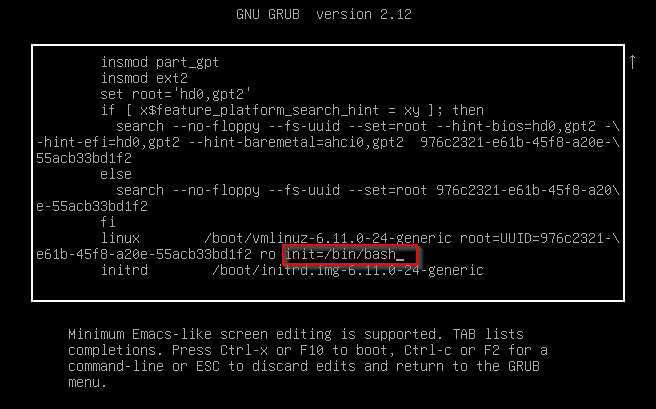

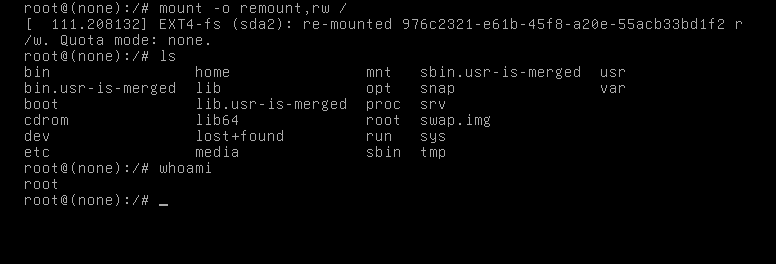
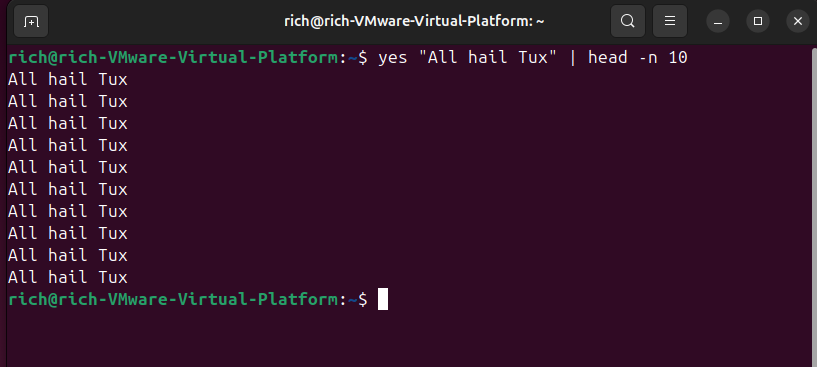
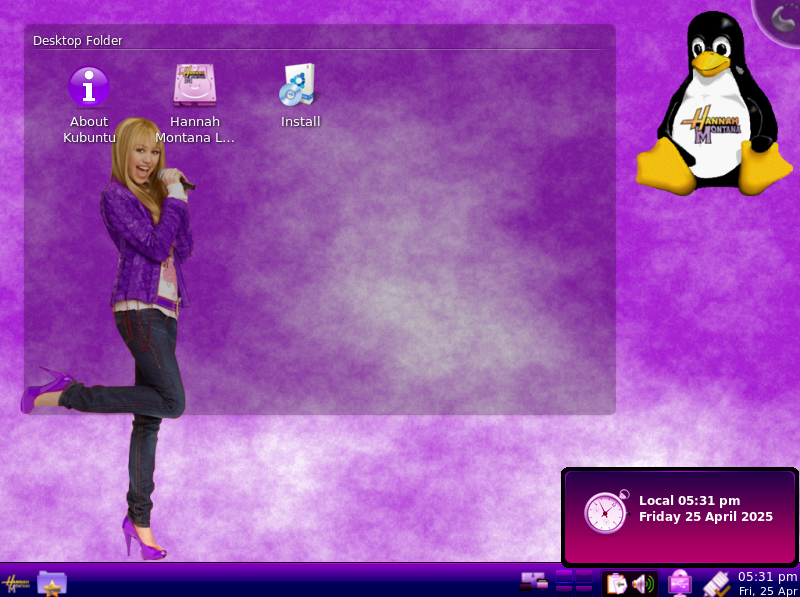
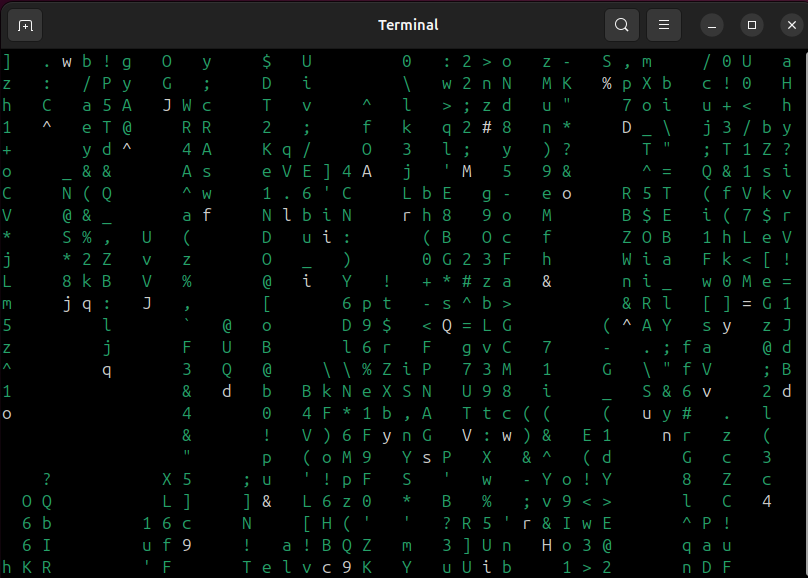
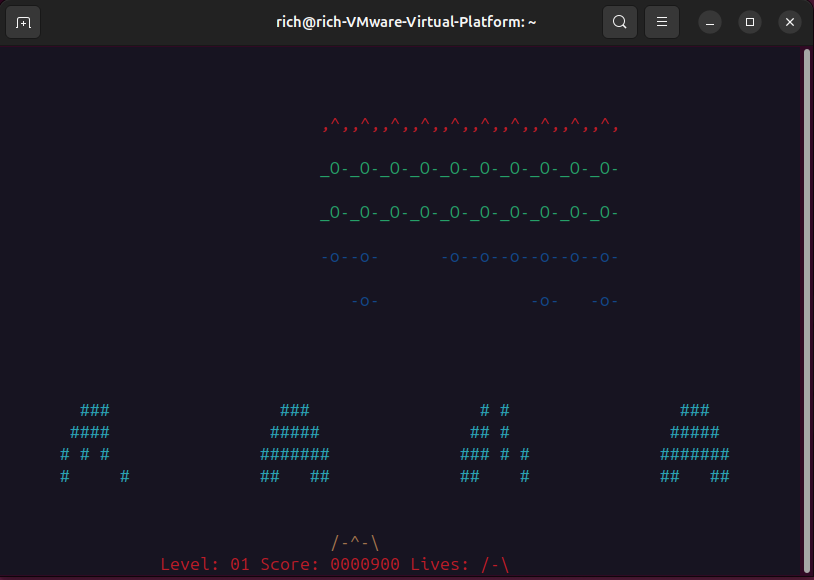
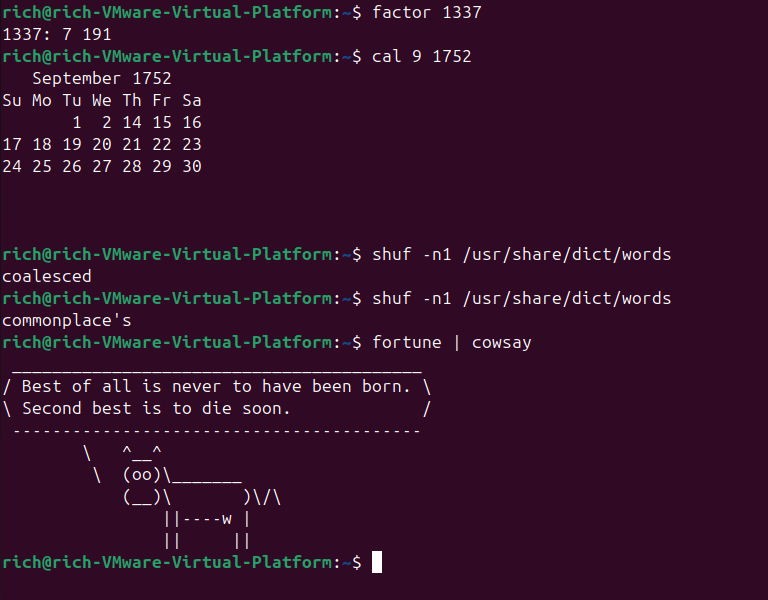
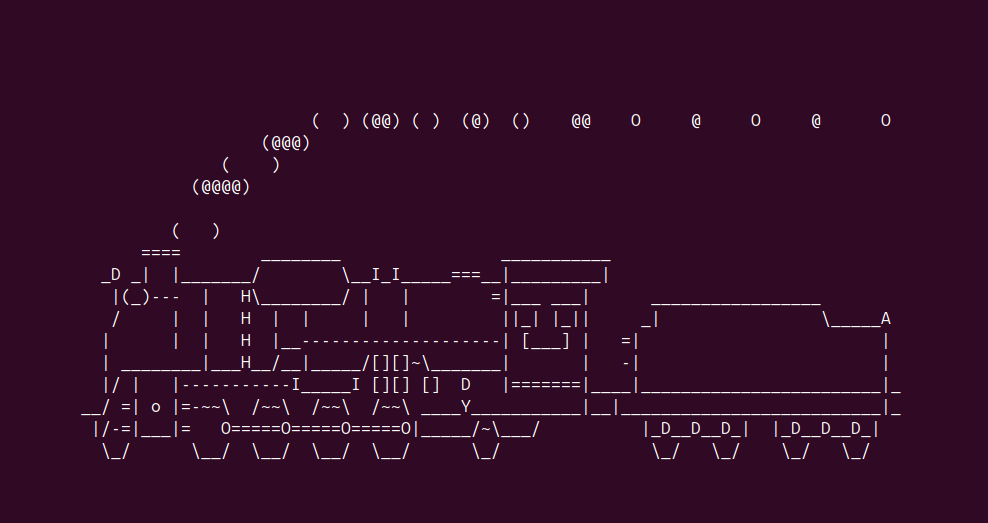
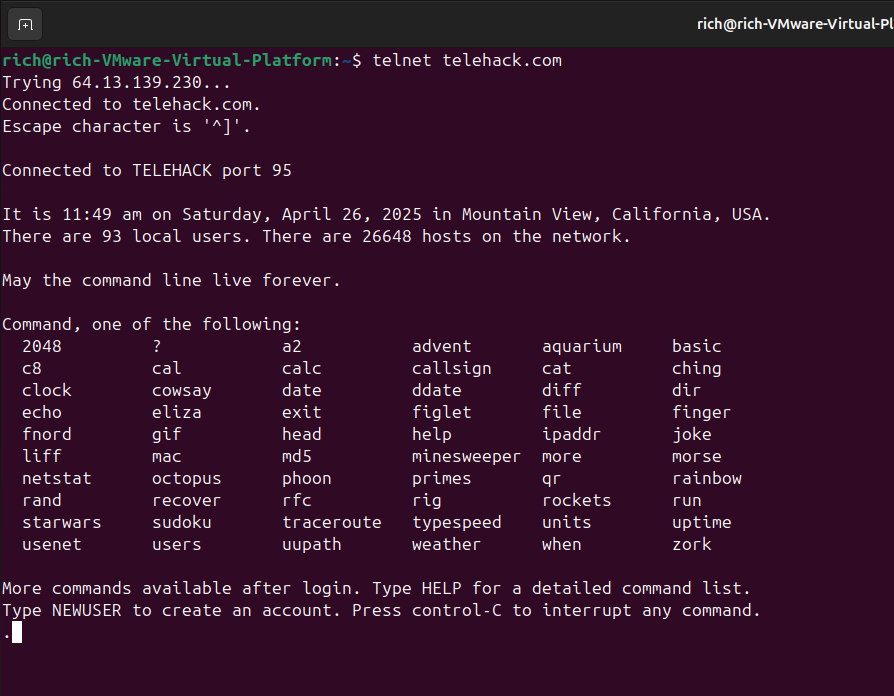
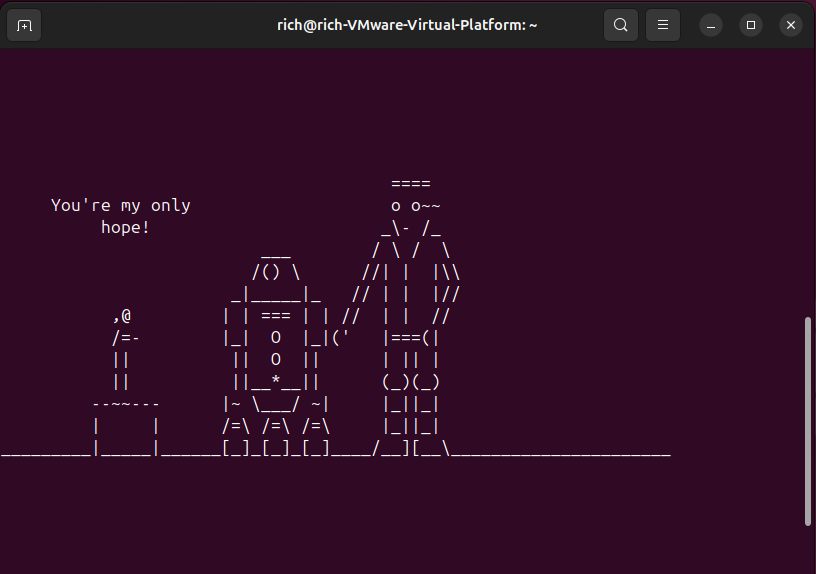
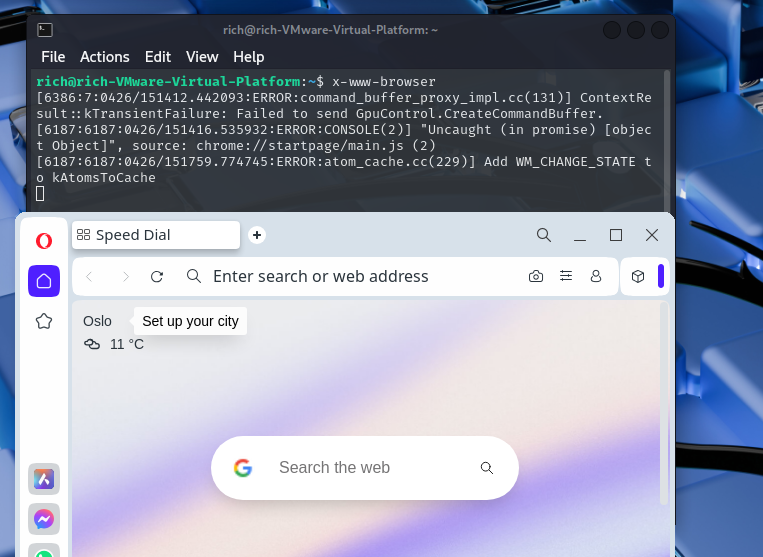





Leave a Comment
Your email address will not be published. Required fields are marked *